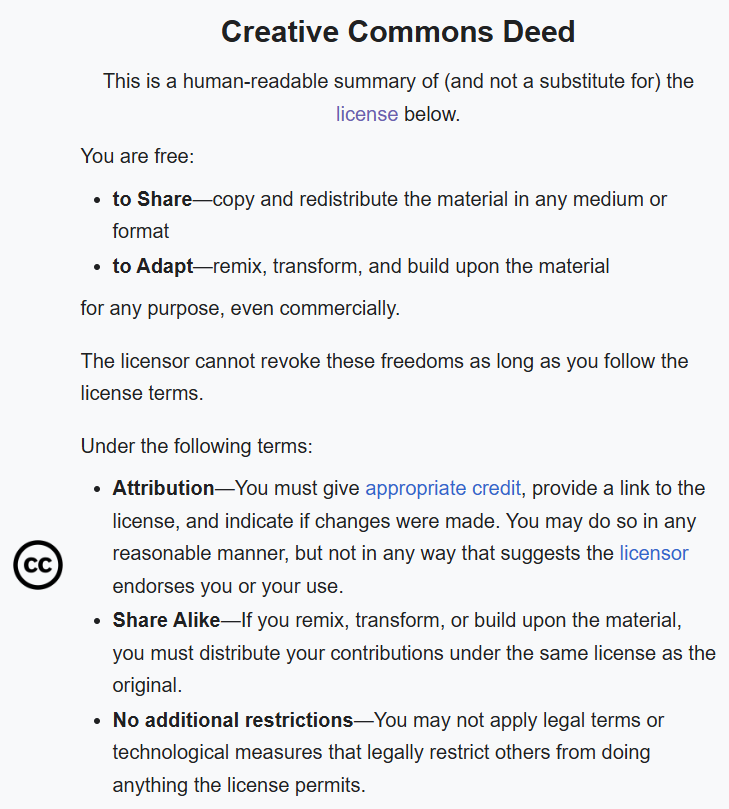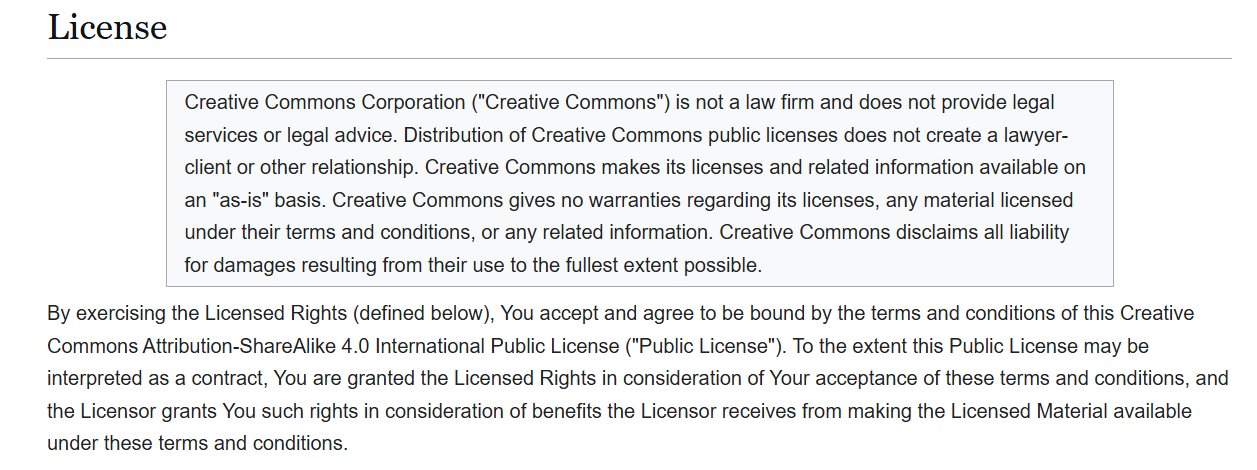Welcome to DU!
The truly grassroots left-of-center political community where regular people, not algorithms, drive the discussions and set the standards.
Join the community:
Create a free account
Support DU (and get rid of ads!):
Become a Star Member
Latest Breaking News
Editorials & Other Articles
General Discussion
The DU Lounge
All Forums
Issue Forums
Culture Forums
Alliance Forums
Region Forums
Support Forums
Help & Search
General Discussion
In reply to the discussion: Kash Patel claims that 110,000 Chicagoans are active gang members! [View all]Celerity
(52,488 posts)9. Gangs in Chicago
https://en.wikipedia.org/wiki/Gangs_in_Chicago
snip
History
The first gangs in Chicago were loosely organized groups of European immigrants in the late 1800s. In 1910, Big Jim Colosimo founded the Chicago Outfit on the South Side. In the early 1950s, immigration to Chicago had picked up considerably, namely to the West Side and parts of the South Side with many coming from Puerto Rico. Demographic shifts and conflicts around this time led to the formation of many gangs, and the inception of a broader gang culture in Humboldt Park, and around other parts of the city. In the 1970s, gang-related crime and violence spiked, particularly with Hispanic-on-Hispanic homicides increasing in the summer of 1971 due to Latin Kings gang election meetings. In July 2021, federal agents participating in Operation Legend arrested 27 Black Disciples gang members associated with drugs and gun violations in the Englewood neighborhood on the South Side of Chicago.
In the first six months of 2025, Chicago saw a 33% reduction in homicides and a 38% reduction in shootings. PBS interviewed Jeff Asher, co-founder of AH Datalytics' Real-time Crime Index. While noting that the cause of the decrease in violent crime is unknown, ("It's literally a billion-dollar question in terms of if you knew the amount of resources and effort that you would put into it would be tremendous" , Asher reported that after COVID, the US had increased spending on social programs: a 90% increase in construction from local and state governments on social and neighborhood centers, a 50% increase in public safety spending construction, and a 20% increase in highway spending from state and local governments.[7] He speculated that these investments in troubled neighborhoods may have helped reduce crime rates, though many of these social programs were subsequently cut by the Trump administration.
, Asher reported that after COVID, the US had increased spending on social programs: a 90% increase in construction from local and state governments on social and neighborhood centers, a 50% increase in public safety spending construction, and a 20% increase in highway spending from state and local governments.[7] He speculated that these investments in troubled neighborhoods may have helped reduce crime rates, though many of these social programs were subsequently cut by the Trump administration.
Causes
Lack of opportunity and economic oppression especially in the form of redlining by Chicago's city hall and banks has caused working class citizens to turn to the sale of illicit drugs for income. Former Chicago Police Superintendent, Garry McCarthy, blamed Chicago's gang culture for its high rates of homicide and other violent crime, stating "It's very frustrating to know that it's like 7% of the population causes 80% of the violent crime... The gangs here are traditional gangs that are generational, if you will. The grandfather was a gang member, the father's a gang member, and the kid right now is going to be a gang member".
Structure
Most traditional Chicago street gangs, known as nations, fall under two main factions, called the People Nation and the Folk Nation. The People Nation has most, if not all, of its gangs under the "Almighty" moniker. The Folk Nation has most of its gangs divided into various sub-factions, the majority of which belong to an alliance called Latin Folks which are further divided into groups called Families. There are nations that are independent of both the Folk Nation and People Nation, such as the Black Soul Nation. Street gangs that are independent of Folks and People but retain similar identifiers and symbolism as well as maintain a hierarchical structure in membership are known as war crews. They do not identify as nations though they will engage in traditional gang activity and may conflict with nations as well as other crews. Street gangs that do not retain any semblance of traditional nations or war crews are known simply as cliques. Each individual gang is divided into sets which are territories spanning blocks or neighborhoods that may be combined to form supersets or divided further into subsets. Typically, a single set is based at a single intersection of city streets. There are currently over 90 active Chicago street gangs, with over 747 sets that have been identified by law enforcement.
Modern street gangs
Chicago-based street gang nations post-establishment of the Folk Nation and People Nation are as follows:
Folks Nation
Ambrose
Ashland Vikings
Black Disciples
Boss Pimps
Brazers
C-Notes
Campbell Boys
Gangster Disciples
Harrison Gents
Imperial Gangsters
Insane Deuces
Insane Dragons
Insane Gangster Satan Disciples
Insane Guess Boys
Insane Popes
Insane Two-Two Nation
Insane Two One Boys
King Cobras
Krazy Getdown Boys
La Raza Nation
Latin Disciples
Latin Dragon Nation
Latin Eagles
Latin Jivers
Latin Lovers
Latin Souls
Latin Stylers
Milwaukee Kings
Morgan Boys
Orquesta Albany
Outlaw Gangsters
Party People
Racine Boys
Ridgeway Lords
Simon City Royal
Sin City Boys
Spanish Cobras
Spanish Gangster Disciples
Two-Six
YLO Cobras
YLO Disciples
People Nation
Almighty Saints
Almighty Vice Lord Nation
Bishops
Black P. Stones
Chicago Gaylords
Chi-West
Familia Stones
Four Corner Hustlers
Insane Popes
Insane Unknowns
Latin Angels
Latin Brothers
Latin Counts
Latin Kings
Latin Pachucos
Latin Stones
Mickey Cobras
Noble Knights
Party Players
Spanish Lords
Spanish Vice Lords
Stoned Freaks
Twelfth Street Players
Villa Loboes
Independent Nations
Black Gangsters
Black Souls
TAP Boyz
Jousters
Transplanted Gangs
Bloods
Crips
Norteños
Sureños
Playboys
snip


snip
History
The first gangs in Chicago were loosely organized groups of European immigrants in the late 1800s. In 1910, Big Jim Colosimo founded the Chicago Outfit on the South Side. In the early 1950s, immigration to Chicago had picked up considerably, namely to the West Side and parts of the South Side with many coming from Puerto Rico. Demographic shifts and conflicts around this time led to the formation of many gangs, and the inception of a broader gang culture in Humboldt Park, and around other parts of the city. In the 1970s, gang-related crime and violence spiked, particularly with Hispanic-on-Hispanic homicides increasing in the summer of 1971 due to Latin Kings gang election meetings. In July 2021, federal agents participating in Operation Legend arrested 27 Black Disciples gang members associated with drugs and gun violations in the Englewood neighborhood on the South Side of Chicago.
In the first six months of 2025, Chicago saw a 33% reduction in homicides and a 38% reduction in shootings. PBS interviewed Jeff Asher, co-founder of AH Datalytics' Real-time Crime Index. While noting that the cause of the decrease in violent crime is unknown, ("It's literally a billion-dollar question in terms of if you knew the amount of resources and effort that you would put into it would be tremendous"
Causes
Lack of opportunity and economic oppression especially in the form of redlining by Chicago's city hall and banks has caused working class citizens to turn to the sale of illicit drugs for income. Former Chicago Police Superintendent, Garry McCarthy, blamed Chicago's gang culture for its high rates of homicide and other violent crime, stating "It's very frustrating to know that it's like 7% of the population causes 80% of the violent crime... The gangs here are traditional gangs that are generational, if you will. The grandfather was a gang member, the father's a gang member, and the kid right now is going to be a gang member".
Structure
Most traditional Chicago street gangs, known as nations, fall under two main factions, called the People Nation and the Folk Nation. The People Nation has most, if not all, of its gangs under the "Almighty" moniker. The Folk Nation has most of its gangs divided into various sub-factions, the majority of which belong to an alliance called Latin Folks which are further divided into groups called Families. There are nations that are independent of both the Folk Nation and People Nation, such as the Black Soul Nation. Street gangs that are independent of Folks and People but retain similar identifiers and symbolism as well as maintain a hierarchical structure in membership are known as war crews. They do not identify as nations though they will engage in traditional gang activity and may conflict with nations as well as other crews. Street gangs that do not retain any semblance of traditional nations or war crews are known simply as cliques. Each individual gang is divided into sets which are territories spanning blocks or neighborhoods that may be combined to form supersets or divided further into subsets. Typically, a single set is based at a single intersection of city streets. There are currently over 90 active Chicago street gangs, with over 747 sets that have been identified by law enforcement.
Modern street gangs
Chicago-based street gang nations post-establishment of the Folk Nation and People Nation are as follows:
Folks Nation
Ambrose
Ashland Vikings
Black Disciples
Boss Pimps
Brazers
C-Notes
Campbell Boys
Gangster Disciples
Harrison Gents
Imperial Gangsters
Insane Deuces
Insane Dragons
Insane Gangster Satan Disciples
Insane Guess Boys
Insane Popes
Insane Two-Two Nation
Insane Two One Boys
King Cobras
Krazy Getdown Boys
La Raza Nation
Latin Disciples
Latin Dragon Nation
Latin Eagles
Latin Jivers
Latin Lovers
Latin Souls
Latin Stylers
Milwaukee Kings
Morgan Boys
Orquesta Albany
Outlaw Gangsters
Party People
Racine Boys
Ridgeway Lords
Simon City Royal
Sin City Boys
Spanish Cobras
Spanish Gangster Disciples
Two-Six
YLO Cobras
YLO Disciples
People Nation
Almighty Saints
Almighty Vice Lord Nation
Bishops
Black P. Stones
Chicago Gaylords
Chi-West
Familia Stones
Four Corner Hustlers
Insane Popes
Insane Unknowns
Latin Angels
Latin Brothers
Latin Counts
Latin Kings
Latin Pachucos
Latin Stones
Mickey Cobras
Noble Knights
Party Players
Spanish Lords
Spanish Vice Lords
Stoned Freaks
Twelfth Street Players
Villa Loboes
Independent Nations
Black Gangsters
Black Souls
TAP Boyz
Jousters
Transplanted Gangs
Bloods
Crips
Norteños
Sureños
Playboys
snip
Text is available under the Creative Commons Attribution-ShareAlike 4.0 License; additional terms may apply. By using this site, you agree to the Terms of Use and Privacy Policy. Wikipedia® is a registered trademark of the Wikimedia Foundation, Inc., a non-profit organization.


Edit history
Please sign in to view edit histories.
Recommendations
1 members have recommended this reply (displayed in chronological order):
11 replies
 = new reply since forum marked as read
Highlight:
NoneDon't highlight anything
5 newestHighlight 5 most recent replies
RecommendedHighlight replies with 5 or more recommendations
= new reply since forum marked as read
Highlight:
NoneDon't highlight anything
5 newestHighlight 5 most recent replies
RecommendedHighlight replies with 5 or more recommendations